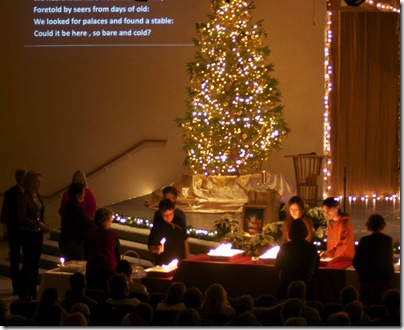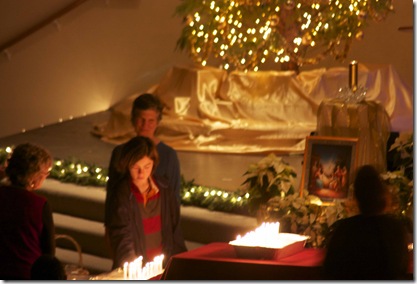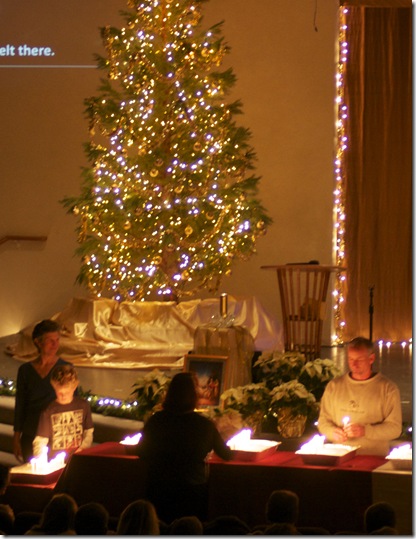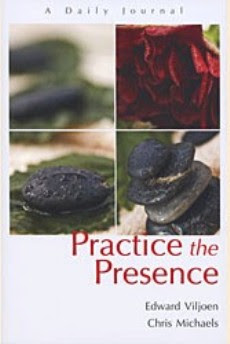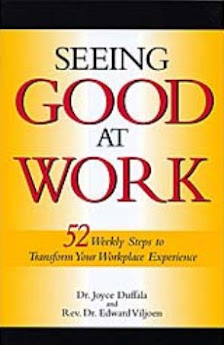article today by Guy Kovner:
New Year's resolutions, made during the "hubbub of the holidays," don't work for Viljoen, 49, leader of a 1,000-member congregation.
"My best resolutions have come at unpredictable times, often not at the beginning of the year," he said. "Indeed, I have found that if I force the matter . . . I have a much lower success rate at sticking to my resolution than when through personal reflection I come the awareness to do something, quit something, change something, etc."
See whole article here:
http://www.pressdemocrat.com/article/20101230/ARTICLES/12301005/1350?p=3&tc=pg
Continue Reading...
New Year's resolutions, made during the "hubbub of the holidays," don't work for Viljoen, 49, leader of a 1,000-member congregation.
"My best resolutions have come at unpredictable times, often not at the beginning of the year," he said. "Indeed, I have found that if I force the matter . . . I have a much lower success rate at sticking to my resolution than when through personal reflection I come the awareness to do something, quit something, change something, etc."
See whole article here:
http://www.pressdemocrat.com/article/20101230/ARTICLES/12301005/1350?p=3&tc=pg

